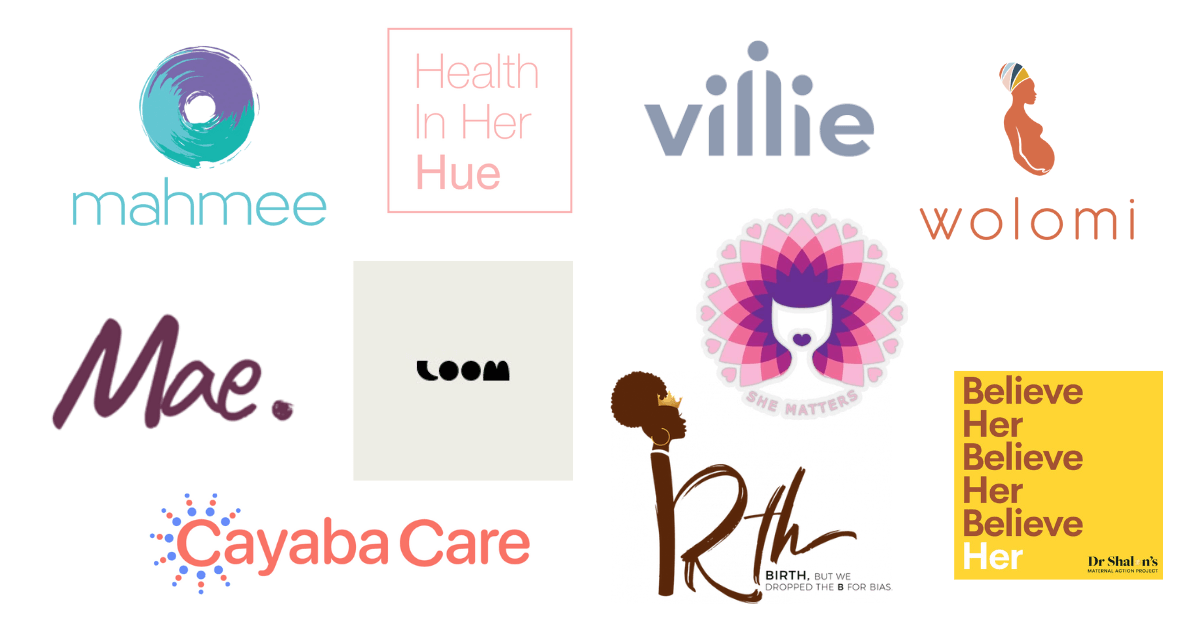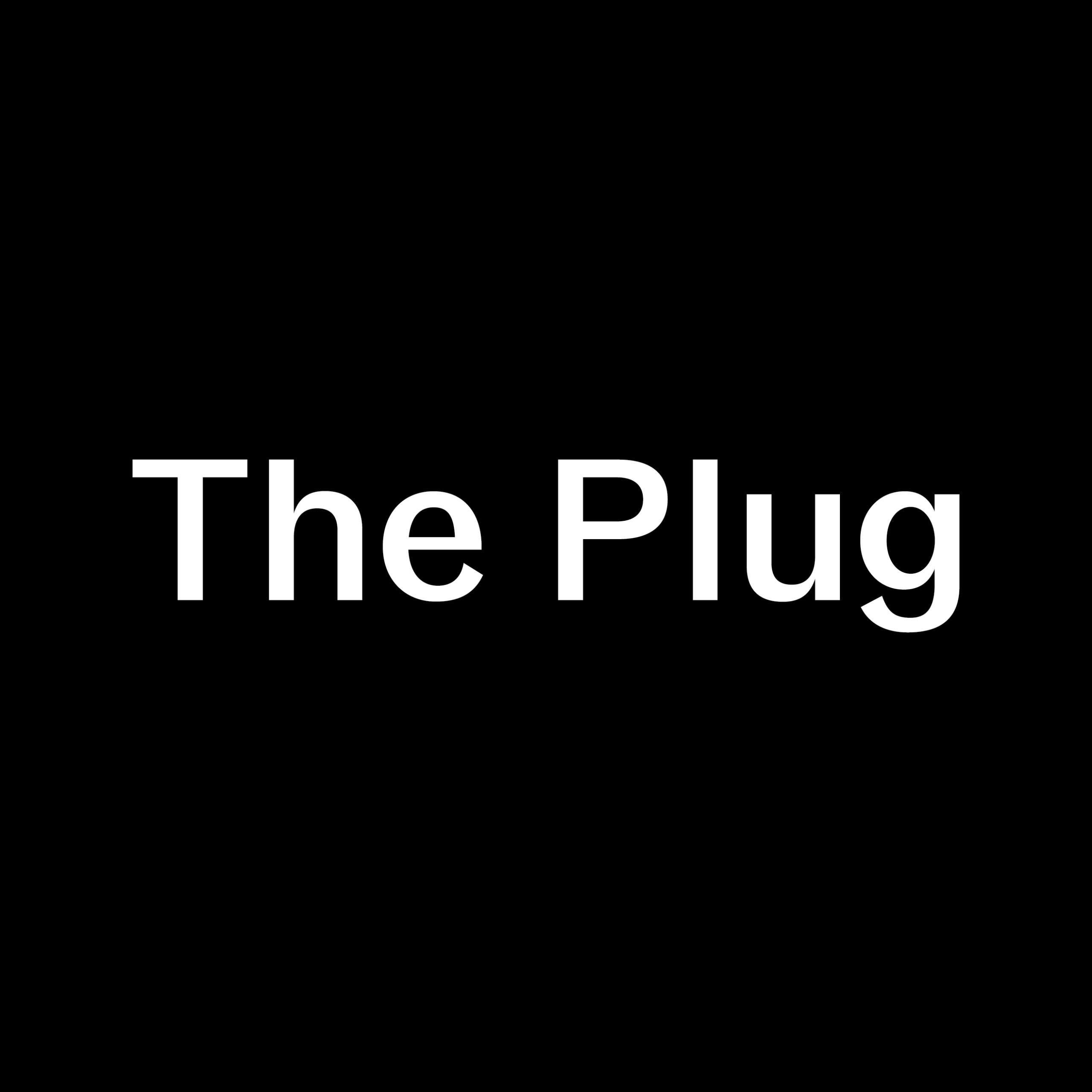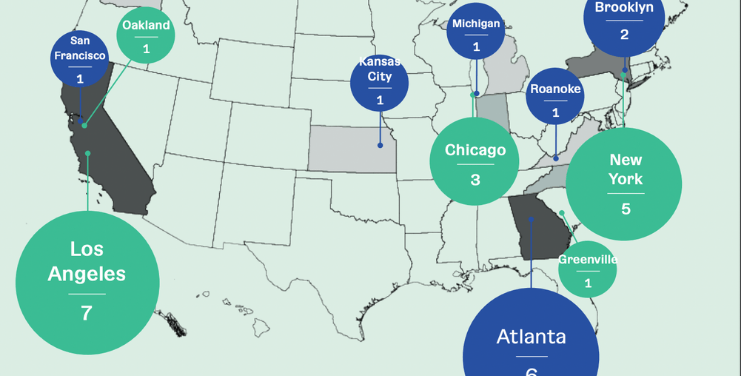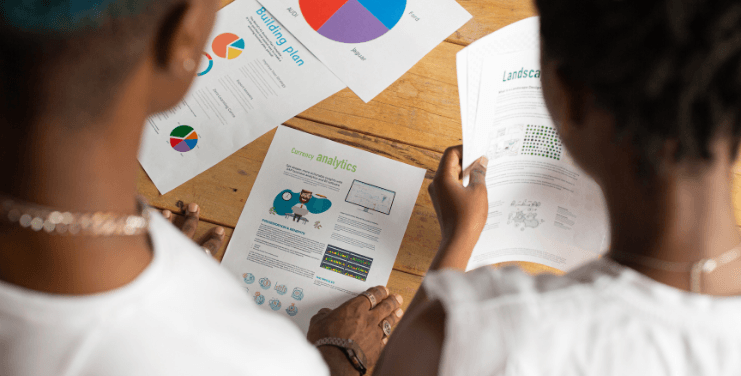KEY INSIGHTS
- An Information Technology and Innovation Foundation report explore the benefits and hurdles of adopting electronic labeling for trade.
- Three African countries currently allow some form of e-labeling.
- An artificial intelligence (AI) content model could help regulators and policymakers implement e-labeling.
An Information Technology and Innovation Foundation (ITIF) report found displaying regulatory and other product information electronically is more efficient than using small physical labeling. While some African regions have adopted e-labeling, outlining better regulation can increase trade and innovation.
“E-labels are still a relatively new policy option,” Nigel Cory, Associate Director of Trade Policy at the Information Technology and Innovation Foundation, told The Plug. “It may take some time for others to look at what the US and other countries are doing and how they are doing it before deciding if and how they want to do something similar.”
Electronic labeling (e-label) is a barcode of any kind that has information. It can be used as an alternative to physical labeling in any industry. The ITIF report notes how many countries utilize e-labels for customers and regulators to more easily access product information. As physical labels become smaller it is harder for manufacturers to find space for labels large enough to address users in multiple markets and hinder product innovation.
There are three kinds of e-labeling: a digital display on a device, a link to a website through a URL and machine-readable code (e.g., a QR code). According to the Resource Label Group report, e-labeling can hold more information than conformity-compliance labels. Conformity labels are product labels that meet all applicable regulatory requirements. The e-label includes the description of the product such as instructions for the product, installation information and equipment specifications.
E-labeling exists in four African countries to varying degrees. Ghana has been using e-labeling since 2015, but it is up to manufacturers to make sure the labels are tamper-proof. South Africa has used e-labeling since 2013, but must be requested in written form to the Independent Communications Authority of South Africa. Nigeria does not offer e-labeling for telecommunications products.
Despite the rise in e-label adoption in Europe and North America, the tool raises issues for countries to create standardized requirements.
South Africa’s Country Commercial Guide has many labeling and marking restrictions, according to the U.S. International Trade Administration (ITA). The labels require a permanent identification of the manufacturer and place of origin for textiles and products like bags and shoes. However, problems have arisen from languages listed on products, causing liability issues. The ITA guidelines explain how pictures and diagrams have English instructions and retailers ensure that imported technical goods carry safety instructions in English. This is a liability barrier for foreign manufacturers under the 2011 South African Consumer Protection Act (CPA) that gives consumers more significant legal clout when lodging product liability damages claims.
Although Nigeria holds 82 percent of Information and Communication Technologies (ICT) in Africa, e-labeling regulations are challenging in some industries. For the medical industry e-labeling regulation, there are many requirements that cannot be met with current resources, according to a Medical Device report. The report notes that e-labeling is commonly accepted, with less than two percent of customers needing paper revisions.
The report explains that when manufacturers send out electronic documents they have to make sure the document is received. The manufacturers have to track the various activities in multi-lingual documents for the products while complying with data privacy requirements.
Nigeria is steadily implementing more e-labeling regulations. According to The Sun, the Standards Organization of Nigeria (SON) created new regulations for the Product Authentication Mark (PAM), requiring all imported products arriving at Nigerian ports to pass authenticity certification and display an appropriate PAM sticker.
Many countries in Africa have a few options for increasing e-label adoption and minimizing regulatory complications.
African regulators and policymakers can reference the international standards series ISO/IEC 22603‐1:2020, which addresses the general requirements applicable to all types of products regardless of industry. The ISO/IEC 22603‐2:202X addresses instructions for all types of electronic devices with an integral display such as cell phones.
Robust system management is another way African countries can implement and monitor e-labeling. An artificial intelligence (AI) content model can ensure consistency across label markets while minimizing mistakes. They can also monitor the needs of customers to see whether or not they favor e-labels or physical labels.
Sponsored Series: This reporting is made possible by the The Ewing Marion Kauffman Foundation
The Ewing Marion Kauffman Foundation is a private, nonpartisan foundation based in Kansas City, Mo., that seeks to build inclusive prosperity through a prepared workforce and entrepreneur-focused economic development. The Foundation uses its $3 billion in assets to change conditions, address root causes, and break down systemic barriers so that all people – regardless of race, gender, or geography – have the opportunity to achieve economic stability, mobility, and prosperity. For more information, visit www.kauffman.org and connect with us at www.twitter.com/kauffmanfdn and www.facebook.com/kauffmanfdn.








